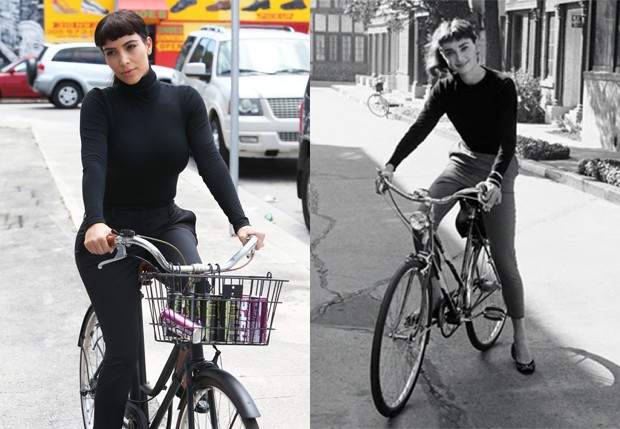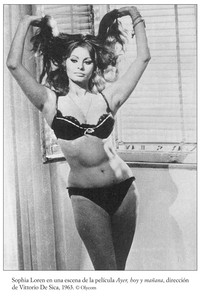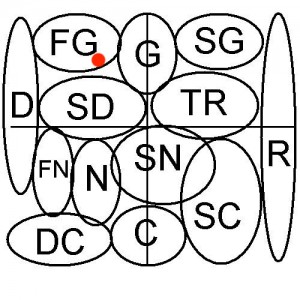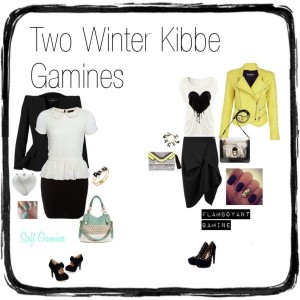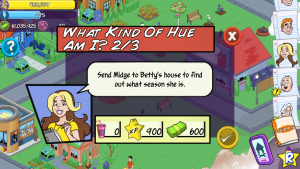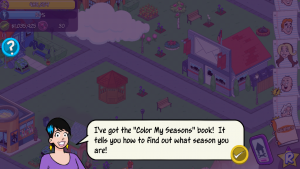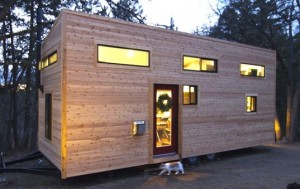There are lots of books out there on style systems and color analysis. Some of the older ones are incredibly expensive (like, hundreds of dollars), but there are plenty that are either still be print, or can be found used for less than $50. I’m going to be reviewing the ones I own, and like with any book review, I hope that it’ll help you decide if it’s worth parting with your cold, hard cash for, as well as give you an overview of the system described in a particular book.
I thought I’d start with David Zyla’s Color Your Style. Zyla’s system seems to be the most popular after Kibbe and Dressing Your Truth, at least on the Internet. If you see a Polyvore set labeled “Gamine Autumn,” that’s Zyla.
Zyla’s system seems more or less based off of Suzanne Caygill’s, and if you are familiar with the latter, you’ll see similarities. I’ve only read a little bit about it, as her book is the one that costs hundreds of dollars. But anyway, back to Zyla. His book is divided into several parts. The first is devoted to figuring out your colors. Zyla has a system where you find colors in yourself–your eyes, skin, hair, etc.–and use them as specific ” bases” and “essences,” like for when you want to be seen as professional or friendly or seductive or whatever.
I haven’t done this, but I’d be interested in hearing about your experience if you have. I also think it might be useful to take your Zyla palette and try to match it to a Sci\ART palette, although it obviously couldn’t replace getting your season analyzed professionally. He talks about how to use your natural colors for different purposes, etc., like even what color to paint the walls of your psychology practice.
As far as the rest of the book goes, where Zyla outlines his “archetypes,” after my first reading of this book, which was a few months ago, I was not impressed. I am not a fan of conflating season to personality. Not all people with spring coloring are bubbly; not everyone with winter coloring is quiet. Zyla even goes as far to say that he knows your “season” after talking to you for three minutes on the phone. To those of us who come to color analysis from a Sci\ART perspective, that sounds ridiculous. (Read Terry Wildfong’s post on how she drapes and then compare it Zyla’s method.)
But when I read the book for the second time to write this review, I realized something. If you went by the phone test, I’d be a winter. I want to get done what I need to get done and get out of there and back to my own thing. I get right to the point. People tend to do what I say, even though I’m generally quiet and don’t like attention. These are winter qualities in Zyla’s world. It seems to me that Zyla’s system has a lot more in common with Dressing Your Truth than anything else.
Zyla further breaks his seasons down into six archetypes. I found myself in Vivid Winter, the “earthy philosopher.” I feel like even though I’m a Type 3 (Autumn) in DYT, this still works, since I’m a 3/4. He gives oddly specific style recommendations (yes to three-layer skirts of pleated silk, no to sack dresses), but a lot of what he said resonated with me. I do get a tendency to get stuck in a black uniform, and I do need to remember to express my style. His recommendations for the seasons, however, use his color terminology of bases and essences, rather than seasonal colors, so it is easy to adjust them to the colors that suit you, rather than in Dressing Your Truth, where you have one palette that is supposed to work for every Type 1, Type 2, etc. The only issue that I have with this section is that the description for each of the 20 types is so short. I don’t think you can get a good idea of how to dress for your Archetype without actually meeting with Zyla.
He then goes into how you can use your color palette for situations ranging from a job interview to a family get-together, and how to overhaul your closet. I do think all of this information is useful. I might try to do my Zyla colors now, and see if this use of color works for me.
Overall, I see this system much as I see Dressing Your Truth. I think Kibbe and a Sci\ART-based season make the best backbone for your wardrobe you can get in terms of what flatters your lines and your coloring. But both Zyla and Dressing Your Truth can be used to flesh out your understanding of your personal style, and how to reflect your personality and nature in your wardrobe. I also like Zyla a lot better if I pretend he is not using the term “season” to determine type.
Have you tried Zyla? Did you find the color thing he talks about works? Did your Sci\ART season, DYT type, Kibbe, and Zyla all match up, or are they all over the place, like mine? (I’m actually questioning if I might be a LIGHT SUMMER now. So no more attempts at color analysis for me until I can get draped professionally. I give up.)
